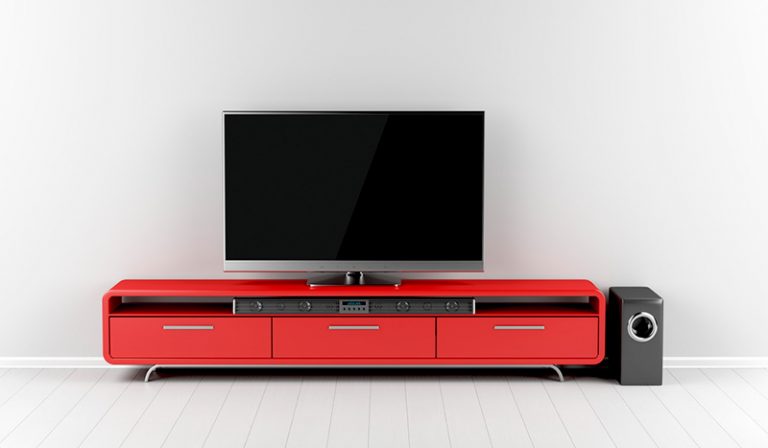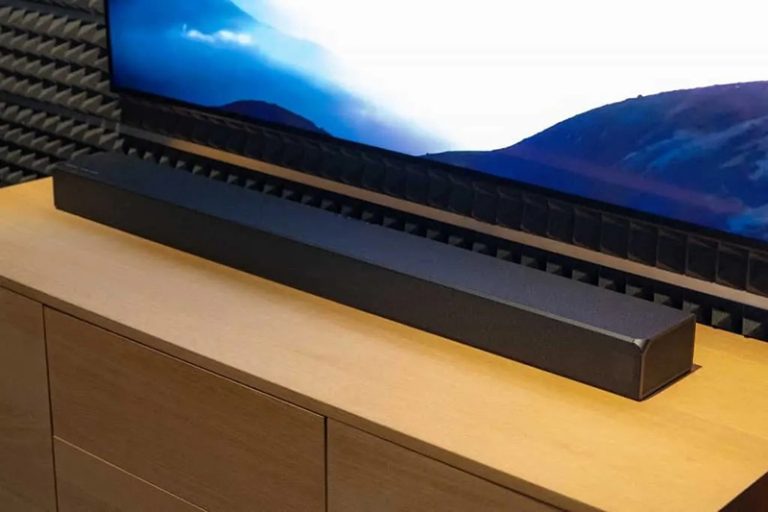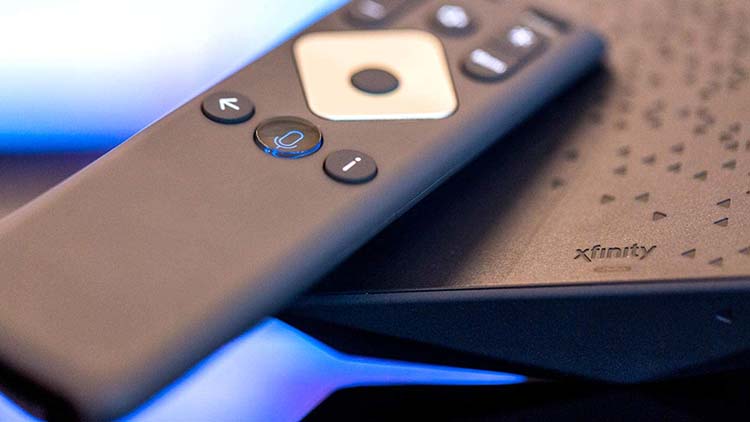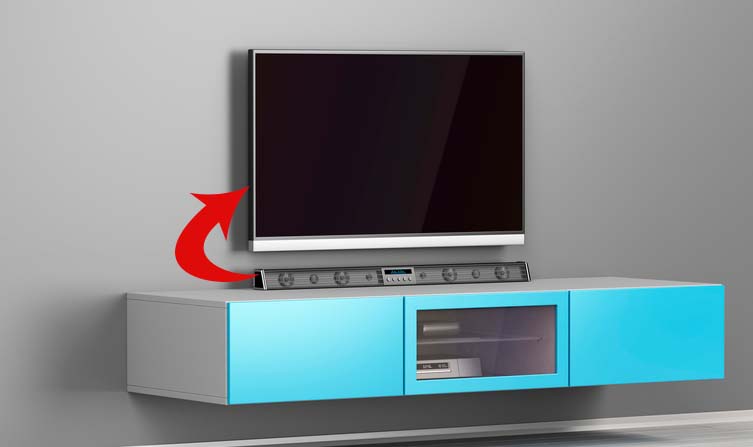How to Easily Connect Your Soundbar to Multiple Devices
If you’re an avid gamer and movie buff, chances are you have a lot of gadgets in your home theater room like gaming consoles, Blu-ray players, streaming devices, etc.
So when you buy a new soundbar to enhance your TV audio, how do you connect it to your other gear to get the most out of it?
The most convenient way to connect your soundbar to multiple devices is to use your TV as a hub by connecting your devices to the TV and then connecting the TV to the soundbar. This will make it easier to switch between devices and help you get the most out of your soundbar.
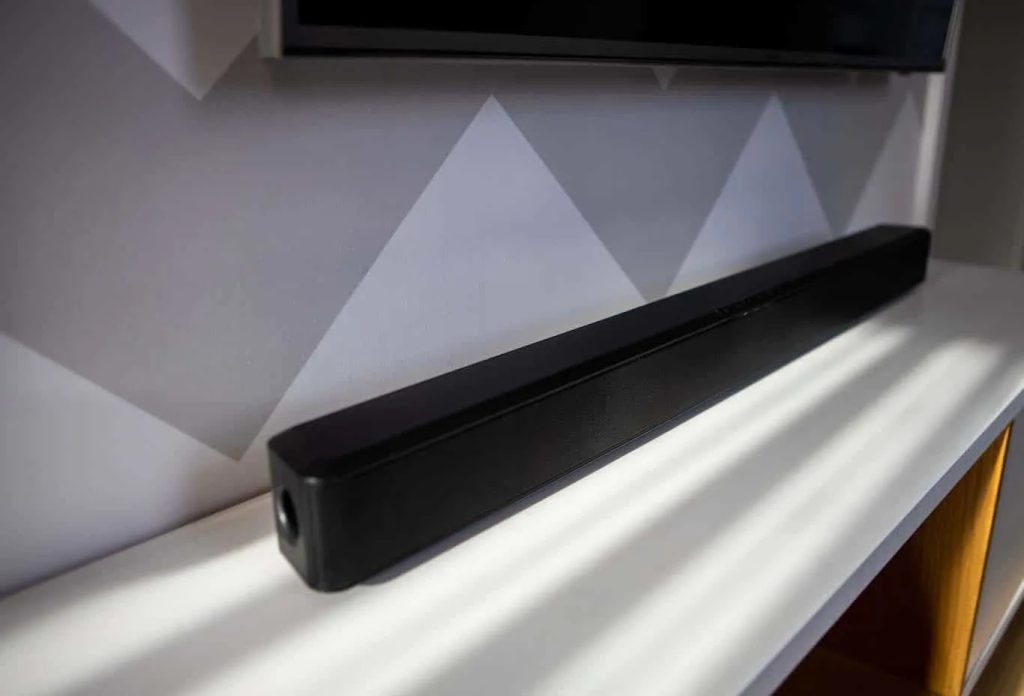
Also read: Connecting Two Soundbars Together Guide
Why use your TV as a hub?
Soundbars usually come with limited inputs. If you have many devices, you don’t want to have to manually swap cables every time you want to play games on your Xbox or Playstation.
Using the TV as a hub allows the audio from these devices to go out via the TV to the soundbar. You can then use the TV to switch between devices.
Can you connect devices directly to your Soundbar?
Yes, you can directly connect some of your devices to your soundbar depending on the number of HDMI inputs it has. Here, your soundbar will act like a receiver- the audio goes directly to the soundbar while the video signals pass through to the TV untouched.
However, if you have many devices, you’ll need to remember which devices are connected to the soundbar and which to the TV whenever you want to use those devices.
Not sure how to work out the logistics of all these connections? Using the TV to route the audio from all your devices to the soundbar, is the simplest way.
Here’s a step-by-step guide:
How to Connect Your Soundbar to Multiple Devices via your TV
Here is a step-by-step procedure for connecting your soundbar to multiple devices through your TV:
Step 1: Figure out your connection options
Firstly, you need to find the available input and output slots on all your devices so you can explore connectivity options. Look at the panel at the back or side of your TV and soundbar and make a note of the ports.
Common ports available on your devices:
HDMI
The easiest way to connect your devices is via the HDMI port. These digital connections allow devices to transmit video and audio data. The HDMI port is a trapezium-shaped port with opposing sides of unequal length and will be labeled as such.
You might also see an HDMI slot labeled ‘ARC’. ARC stands for Audio Return Channel. This enables you to send audio downstream to your soundbar, provided it has a compatible HDMI ARC port.
If you have ARC connections on both, you should reserve this port for connecting your TV to the soundbar. Other HDMI connections can be used to connect the rest of the devices to the TV.
Newer and high-end TVs and soundbars might even have HDMI eARC. HDMI eARC stands for Enhanced Audio Return Channel and is an advanced form of HDMI ARC. It has a higher speed and bandwidth.
Optical Digital port:
The optical digital port is a squarish-shaped port connected via optical digital cables to transmit audio signals from a source to a speaker. This port may be labeled Optical/Toslink/Digital Optical or Digital Audio.
If you don’t have an HDMI ARC port you can use this to connect the audio from your TV to your soundbar. However, you will be limited to 5.1 surround sound as that is its maximum capability. This means you’ll miss out on the effects offered by 7.1, Atmos,, and DTS- X soundbars.
Analog ports:
If any of your devices don’t support digital connections, they’re most likely to have 3.5 mm Aux or RCA (circular red, yellow and white/red and white)connections. The limitation here is you’ll be restricted to stereo sound
If you have a situation where one device has aux and the other has RCA you can use AUX to RCA cables.
Here are some helpful videos which show you how to connect your TV and soundbar using a 3.5 mm cable or by using RCA cables.
If you have some retro gaming consoles and are not sure how to connect them, you can check out this article.
Wireless connections:
Wireless connection options include connecting devices via Bluetooth and WiFi, although Bluetooth connectivity between a soundbar and TV is much more common.
To connect a soundbar to a TV wirelessly through either WiFi or Bluetooth, the two devices need to be compatible and WiFi/Bluetooth enabled. However, wireless connections can have issues with audio quality and lip sync, as well as network problems.
Furthermore, Bluetooth can be quite inconvenient as you have to power on the two devices separately and wait for them to pair every time you turn them back on.
The preferred option would be to connect your soundbar to your TV using HDMI to get consistent, high-quality audio and use Bluetooth to connect audio from devices such as your phone, tablet, or laptop to the soundbar so you can listen to music or podcasts.
If you still want to connect your TV to your soundbar wirelessly, this article offers a quick guide.
Step 2: Connect the devices to the TV
The next step is to connect the devices to the TV by running the appropriate cables to connect them. If you find there are not enough ports available on your TV, there are workarounds you can use.
Instead of removing the cable every time you want to switch sources which can add wear and tear to your cables, you can use an HDMI switcher (Amazon link) to add more inputs. A switcher/HDMI switch converts a single HDMI input into multiple HDMI inputs. Some switches even have remotes.
Remember to get a switch with more inputs than you need to accommodate any future devices you may buy.
Step 3: Connect your TV audio to your Soundbar
Once you have connected the other devices to your TV, it’s time to connect the Soundbar and TV.
Plug one end of the HDMI cable into the TV panel’s HDMI ARC port.
Connect the other end of the HDMI cable to the TV OUT ARC port on the rear panel of the soundbar.
If you are using an HDMI ARC connection make sure you use an HDMI 1.4 cable.
For HDMI eARC, you should have an HDMI 2.1 cable. Using the wrong cable would cause your TV and soundbar to downmix the audio to a lower quality.
For more details read my article on How to Easily Connect a Soundbar to TV with HDMI.
To use the Digital optical port, find the optical output on your TV and the optical input on your Soundbar. Connect the two devices using the optical digital audio cable.
If your TV has an optical port but your soundbar only has an RCA out you can use a Digital to Analog converter. (Amazon link)
Step 4: Disable your TV’s internal speakers
From your TV settings, go to audio output settings and change the output mode to Soundbar instead of built-in speakers. While some soundbars automatically become the speaker output, others require you to select it manually. Test to confirm if your TV’s sound is coming through the speakers and you are done!
Note: TV audio settings options may differ according to your TV model, so check the manual for more specific details.
Wrap up
Figuring out how to connect your soundbar to all the different devices you have can seem quite overwhelming at first. However, if you put your TV in charge of all your gear, your task will be simplified. Using your TV as a hub is the easiest way of getting your money’s worth from your soundbar.
